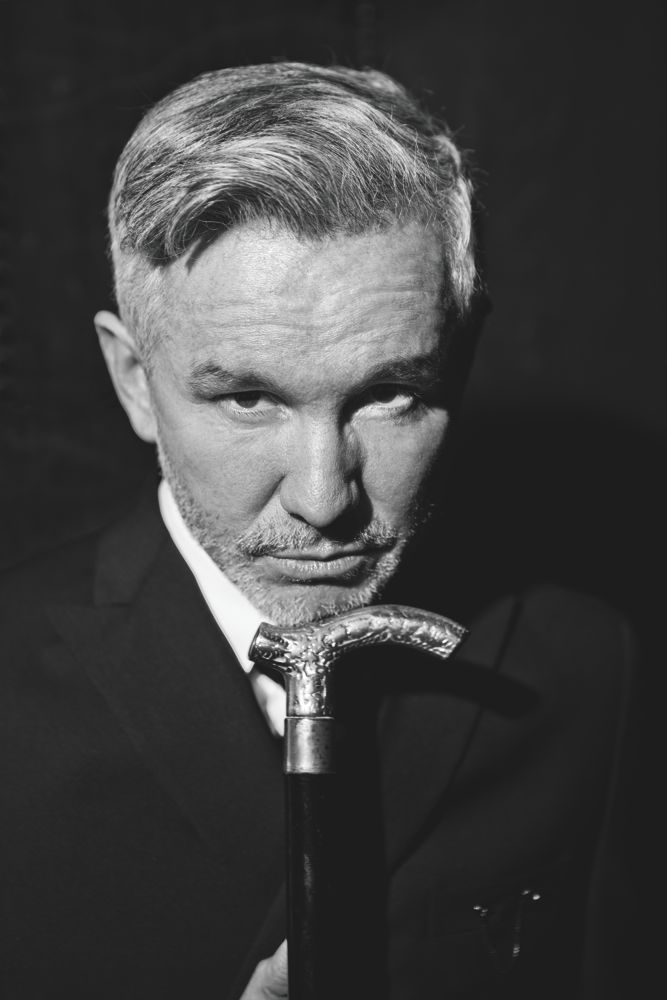My favourite documentary is Rize, dir. David LaChapelle in 2005. It follows the dance phenomenon of Krumping in South Central Los Angeles, a dynamic and revolutionary dance style that the black community turns to instead of violence and drugs. It stunned me when I first watched it, and I was inspired by the incredible dancing and enraptured by the stories of individuals in the community.
I think what struck me about Rize, and was reminded of in the M. Rabiger reading on drama and narrative in documentary, was the struggles that people went through every day in this community. What struck me in particular was a quote from the reading by Michael Roemer: ‘Plot is really the rules of the universe at work.’ The way that I understand this quote is that although a complication in life, or of the universe, may be resolved, there is always another complication after that.
In Rize, there are many conflicts within the community that practices Krumping, despite their efforts to avoid things such as drug hustling and gang activity. After the Battle Zone event that goes successfully for Tommy the Clown, he comes home to find his house was broken into and robbed. In another incident, a young girl is killed and the grief felt by her family and the community reveberates through the film. These events of the documentary encapsulate the idea Roemer suggests, because in Rize, despite the fact that the community gets through incidents and crises in many shapes and with varying outcomes, there is always another complication that arises.

